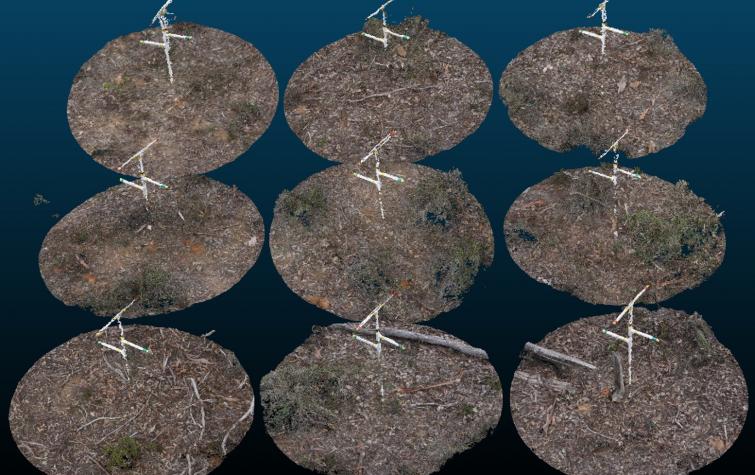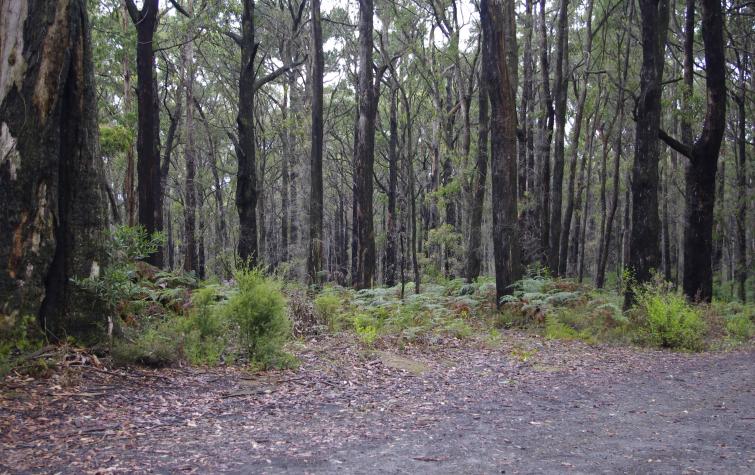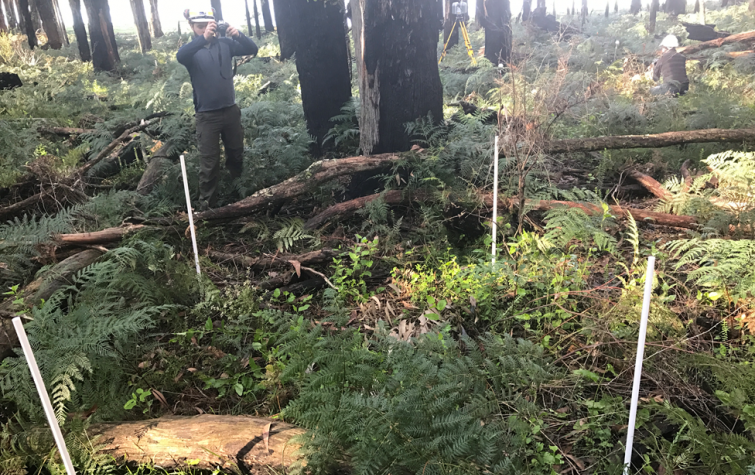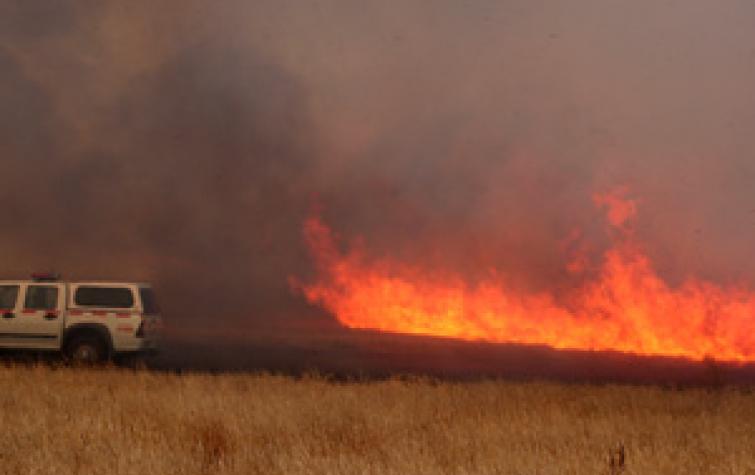Project leadership
This project sought to optimise the use of earth observing systems for active fire monitoring by exploring issues of scale, accuracy and reliability, and to improve the mapping and estimation of post-fire severity and fuel change through empirical remote sensing observations. A particular focus was on the analysis of data obtained from Himawari-8, which is able to provide updated imagery on a 10 minute basis.+++++
This project is part of the Black Summer research program funded by the Commonwealth Government through the 10-year extension of funding into natural hazard research in Australia.
This project is part of the Black Summer research program funded by the Commonwealth Government through the 10-year extension of funding into natural hazard research in Australia.
Supervisory roles
31 Aug 2020
Key findings: Real time wildfire detection trial using Himawari-8
19 Sep 2018
Satellite remote sensing provides a timely and efficient method of detecting fire, but choosing the...
19 Sep 2018
Fuels3D is a smart-phone app coupled with photogrammetry and computer vision techniques to produce...
29 Jun 2017
Himawari-8 presents exciting opportunities to map fires in near real time. Exploiting information...
29 Jun 2017
Accurately estimating background temperatures is vital for identifying fire using remote sensing....
29 Jun 2017
The Fuels3D app provides a low cost data collection method for estimating fuel hazard metrics....
14 Aug 2016
New algorithm, AHI-FSA (AHI fire surveillance algorithm) is introduced to map fire line at 500m...
14 Aug 2016
Current methods of fire detection using remote sensing rely on contextual algorithms to...
14 Aug 2016
This project aims to attribute fire landscapes using the latest remote sensing technology.
18 Aug 2015
Understanding the utility of thermal remote sensing systems for active fire detection and...











































